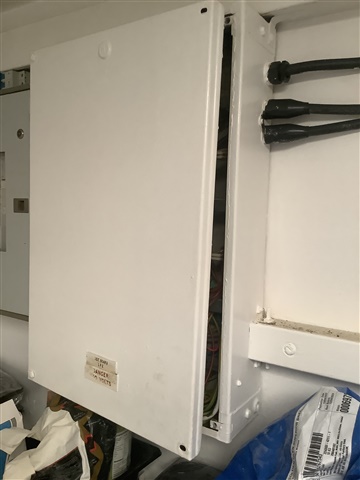Hello all
Please could anyone advise of any issues for installing single phase EVC's from a 3 phase supply.
Proposing there are 6 x 7kW chargers that are located adjacent to each other and wired from individual phases of a 3-phase supply in a local feeder pillar.
Each single phase charger circuit is protected separately in accordance with 722.533.101. The query is if there are any comments on the adjacencies of the vehicles given they are wired on separate phases?
Thanks in advance


